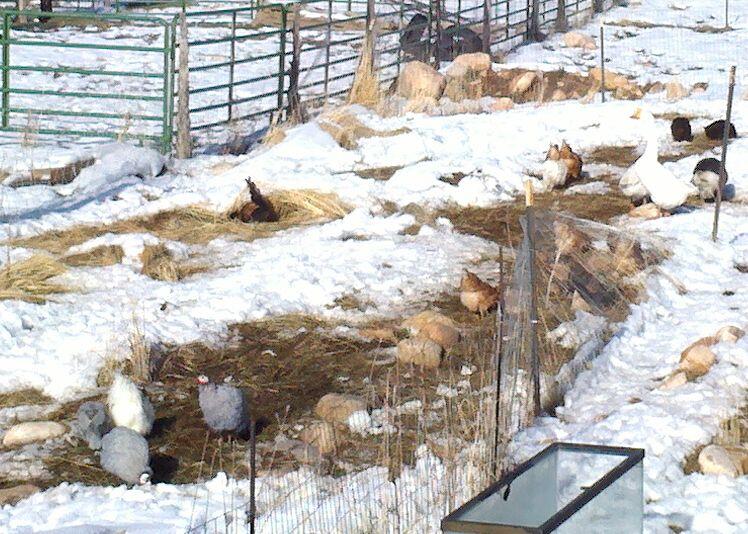I’ve spent a lot of time lately studying landscaping and gardening sites again—something that would probably gratify my neighbors since I was a total slacker last summer and hardly even watered, never mind weeding my flower beds (grass, what grass?). Anyway, I ended up on some permaculture sites, studying it again. Maybe it’s the anal retentive part of me, maybe it’s the writer who loves research, but I tend to get a little obsessive when an idea really strikes me and study the heck out of it. Permaculture was this way for me five years ago, and it’s grabbing me by the throat again. Unfortunately the actual classes to study the theory are light years outside my price range (not to mention the drive), but there’s a ton of useful information on the web. I spent days watching Youtube videos about permaculture practices—there’s a terrific series out of Australia, the home of permaculture. I can’t find it on Youtube anymore, but you can find it here. What is permaculture? I’m glad you asked! I know most people have never heard of it, but essentially it’s a way of organizing your landscaping to promote healthy diversity, ease of maintenance, and oh yeah, food production when possible. Of course, there’s a whole lot more to it than this, because the principles of permaculture are as applicable if you’ve only got a balcony, as if you have ten acres and can be applied to city planning or building design. And it’s not just about food, but about using natural systems in planning. Yeah, so it’s ecologically sound, but it thinks outside the box—okay, outside the box of current agricultural trends (of monoculture—like hundreds of acres of wheat) to more natural systems like in forests. Instead of planting a big spot with pumpkins, and another with peas, and a third with corn, you mix things together, grow plants that complement each other (often called companion planting), and encourage bugs and animals into the garden that eat the bugs that want to eat your prize tomatoes. We call this bio diversity—and it works for many people without bug sprays, and with careful planning, you won’t have to buy fertilizers, either. It means planting flowers like nasturtiums and marigolds that discourage some pests right alongside the veggies that those pests like the best. I did mention bringing in predators and birds right? Well, this doesn’t just apply to song birds. I opened up my garden fence a week or so ago (and then it snowed), but this morning I cleared the snow off of one garden bed and then my poultry went to town eating the weeds and scratching it all up. Chickens, geese, ducks, guineas, and my lone Tom turkey were out there most of the day. Yeah, I get eggs from my chickens (theoretically, but their lack of winter eggs is a topic for another day). But they’re way more useful than that. Last spring I let them into the back yard—which is totally unlandscaped—and they kept my weeds in check. Now, letting them into the garden when I have plants there would be a Very Bad Idea (I learned this the hard way a few years back) but in the off season they can be seriously useful. That’s permaculture in action.
I did mention bringing in predators and birds right? Well, this doesn’t just apply to song birds. I opened up my garden fence a week or so ago (and then it snowed), but this morning I cleared the snow off of one garden bed and then my poultry went to town eating the weeds and scratching it all up. Chickens, geese, ducks, guineas, and my lone Tom turkey were out there most of the day. Yeah, I get eggs from my chickens (theoretically, but their lack of winter eggs is a topic for another day). But they’re way more useful than that. Last spring I let them into the back yard—which is totally unlandscaped—and they kept my weeds in check. Now, letting them into the garden when I have plants there would be a Very Bad Idea (I learned this the hard way a few years back) but in the off season they can be seriously useful. That’s permaculture in action.
PS If you’ll notice, I’m holding a Goodreads Giveaway for my book, Blank Slate right now. Click on the box at the top of the page to enter. It runs through Christmas Eve. And come back for another Goodreads Giveaway next month for Family by Design.

I didn't know you have chickens! Me too. Whoever said that they'd keep laying in the winter if you provide a nice lit area was dreaming. Mine have layed maybe 2 eggs all week!
I wish I could let mine out of their main pen more often. We have so many strays out here that we have to have them inside a big fence all the time. 🙁
Thanks for posting!